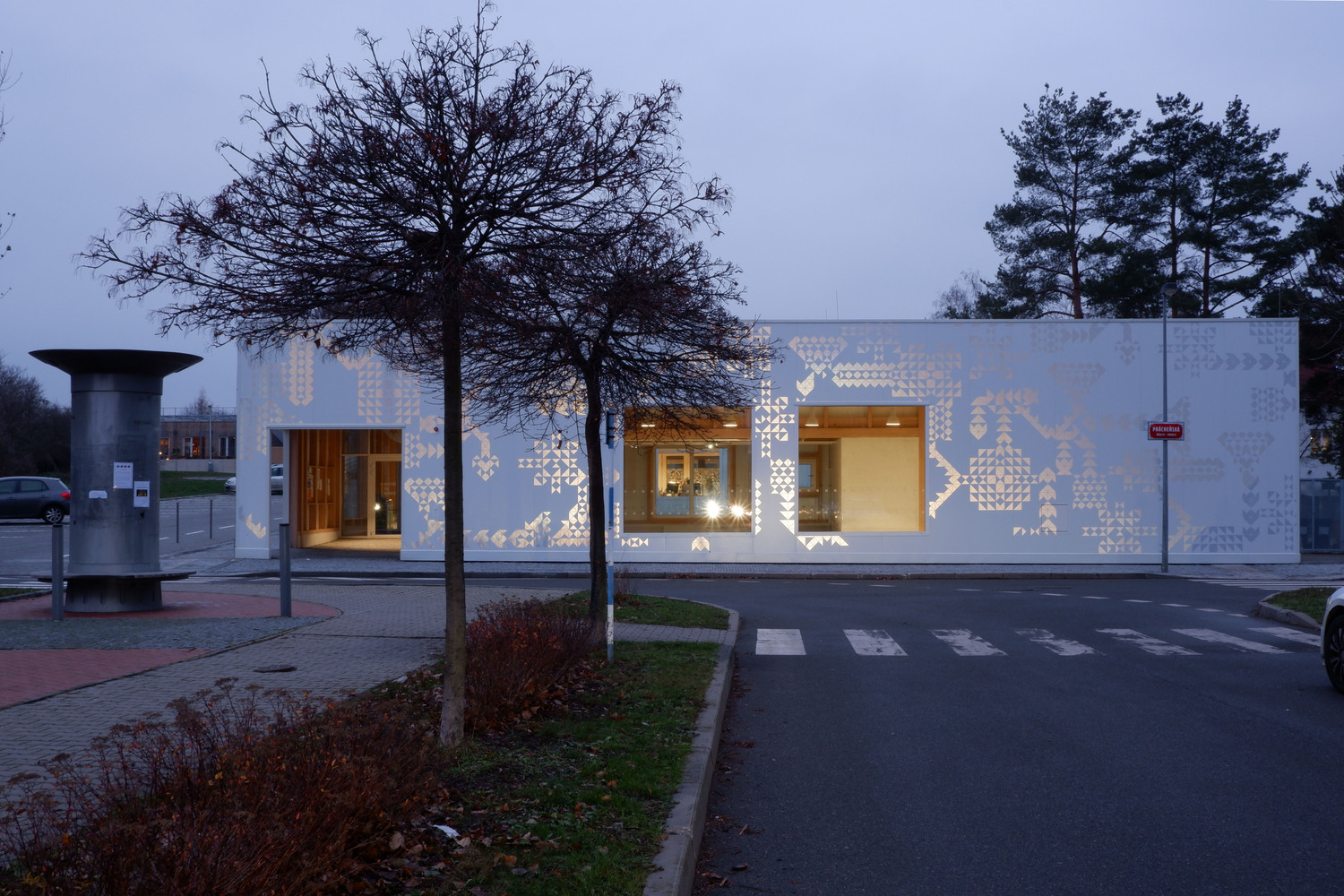Piedras Bayas BeachCamp MORAES
2018-08-24 11:00
© Alejandro Gálvez
(Alejandro Gálvez)


架构师提供的文本描述。Piedras Bayas海滩夏令营是位于智利北部阿塔卡马沙漠海岸地带原始景观中的一个旅游景点。轻型结构、整合当地材料、无污染卫生系统和绿色动力设施的战略,是无干预自然景观低影响建筑的一个建筑实例。
Text description provided by the architects. Piedras Bayas Beachcamp is an itinerating and sustainable tourism station in the virgin landscape of the coastal zone of the Atacama Desert, located in northern Chile. The strategy of light structures, integration of local materials, non-contaminant sanitary systems and green- powered facilities is an architectural example of low impact construction for non-intervened natural landscapes.
Text description provided by the architects. Piedras Bayas Beachcamp is an itinerating and sustainable tourism station in the virgin landscape of the coastal zone of the Atacama Desert, located in northern Chile. The strategy of light structures, integration of local materials, non-contaminant sanitary systems and green- powered facilities is an architectural example of low impact construction for non-intervened natural landscapes.
© Alejandro Gálvez
(Alejandro Gálvez)


阿塔卡马沙漠位于“南美洲干旱对角线”之内。这是一个干燥的地区,几乎从不下雨。沿海地区全年气候温和,地质条件较高。
The Atacama Desert is located within the “South America arid diagonal”. It is a dry zone and almost never rains. The coastal zone has a temperate climate all year, and has a high geological & archaeological content.
The Atacama Desert is located within the “South America arid diagonal”. It is a dry zone and almost never rains. The coastal zone has a temperate climate all year, and has a high geological & archaeological content.
© Alejandro Gálvez
(Alejandro Gálvez)


一个有着巨大自然景观的地方,这些景观仍然有限地受到人类干预的影响,并没有城市规划。
A place with immense natural landscapes that are still limitedly affected by human intervention and has no urban planning.
A place with immense natural landscapes that are still limitedly affected by human intervention and has no urban planning.
该项目包括一个服务站和三个孤立的房间。服务中心有两个卫生间,一个办公室,一个社区房间,一个护林员房间,另一个家庭房间。每个房间都是一个木平台,有一个圆顶,还有自己的浴室。该项目分三个不同的阶段建造,由三名木匠、两名当地工匠和一名建筑师组成。
The program includes a service station and three isolated rooms . The service center has two bathrooms, one office, one community room, one room for the ranger, and another family room. Each room is a wood plataform with a dome and it's own bathroom. The project was built in three different stages, with a team of three carpenters, two local artisans and one architect on site.
The program includes a service station and three isolated rooms . The service center has two bathrooms, one office, one community room, one room for the ranger, and another family room. Each room is a wood plataform with a dome and it's own bathroom. The project was built in three different stages, with a team of three carpenters, two local artisans and one architect on site.
© Alejandro Gálvez
(Alejandro Gálvez)


为了保持隐私,每个穹顶都被隔开了50米。这样可以更明显地看到景观。
In order to maintain privacy, each dome was separated 50 meters away from each other. This allows for a more visible presence of the landscape.
In order to maintain privacy, each dome was separated 50 meters away from each other. This allows for a more visible presence of the landscape.
© Cristina Ananias
CristinaAnanias




© Camilo Moraes
c.Camilo Moraes


而不是建造大量的,决定是建造几个小建筑物,通过外部道路连接。
Instead of building large volumes, the decision was to build several small buildings, connected through exterior paths.
Instead of building large volumes, the decision was to build several small buildings, connected through exterior paths.
Center of services Plan
服务计划中心


策略是以木结构为骨架,用当地材料制成皮。
The strategy was to have a wood structure as the skeleton, with skin made out of local materials.
The strategy was to have a wood structure as the skeleton, with skin made out of local materials.
© Alejandro Gálvez
(Alejandro Gálvez)


结构基础由木柱制成,埋在用盐水压实的沙中一米处,地基根本不使用任何水泥,用于该项目的主要当地材料是“Brea”和“Totora”。这是灵感来自一个小村庄位于40分钟的网站。
The structural basis was made from wooden pillars, buried one meter in the sand compacted with salt water, and the foundations did not use any cement at all. The main local materials used for this project were “Brea” and “Totora”. It is inspired by a small village located 40 minutes from the site.
The structural basis was made from wooden pillars, buried one meter in the sand compacted with salt water, and the foundations did not use any cement at all. The main local materials used for this project were “Brea” and “Totora”. It is inspired by a small village located 40 minutes from the site.
© Alejandro Gálvez
(Alejandro Gálvez)


一种生长在该地区湿地中的地方灌木已经使用了几十年,这使得人们能够看到这些材料在过去几年中是如何保持良好状态的。布里亚是一种完美的材料,将建筑物与太阳隔离开来。所述BREA材料用作框架型结构中的包层。
A type of local bush that grows in the zone´s wetlands that was used for decades, made it is possible to see how this material is kept in good condition over the years. The Brea works as a perfect material to isolate the building from the sun. The Brea material is used outside as a cladding in a frame type structure.
A type of local bush that grows in the zone´s wetlands that was used for decades, made it is possible to see how this material is kept in good condition over the years. The Brea works as a perfect material to isolate the building from the sun. The Brea material is used outside as a cladding in a frame type structure.
© Alejandro Gálvez
(Alejandro Gálvez)


Domo Plan and elevation
多莫规划与高程


© Camilo Moraes
c.Camilo Moraes


这种建筑形式允许在不干预的情况下移除建筑和归还景观。这种建筑模式既能欣赏景观,又能保持自然状态。
This form of construction allows to remove the build and return the landscape without intervention. This model of construction allows to enjoy the landscape and at the same time preserve its natural state.
This form of construction allows to remove the build and return the landscape without intervention. This model of construction allows to enjoy the landscape and at the same time preserve its natural state.




















































Architects MORAES
Location Piedras Bayas, Atacama Desert, Antofagasta, Chile
Architect in charge Camilo Moraes
Design Team Rodrigo González León
Area 7534.74 ft2
Project Year 2018
Photographs Alejandro Gálvez, Cristina Ananias, Eduardo Montesinos
Category Cabins & Lodges
Manufacturers Loading...
























